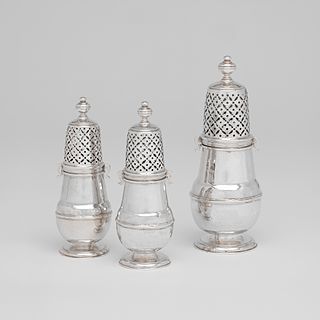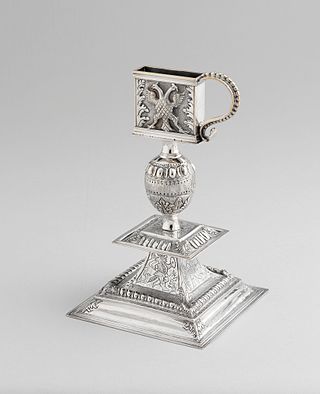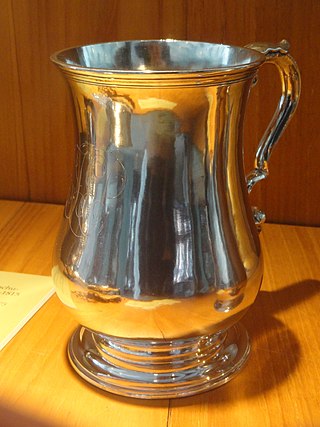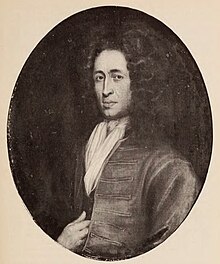
Jeremiah Dummer was an important colonial figure for New England in the early 18th century. His most significant contributions to American history were his A Defense of the New England Charters and his role in the formation of Yale College.

The pound was the currency of the Commonwealth of Massachusetts and its colonial predecessors until 1793. The Massachusetts pound used the £sd currency system of 1 pound divided into 20 shillings, each of 12 pence. Initially, sterling coin and foreign currencies circulated in Massachusetts, supplemented by pine tree shillings produced by John Hull between 1652 and 1682 and by local paper money as of 1690.

John Axel Prip, also known as Jack Prip (1922–2009), was an American master metalsmith, industrial designer, and educator. He was known for setting standards of excellence in American metalsmithing. His works and designs have become famous for bringing together the formal, technical tradition of Danish design into harmony with the American desire for innovation. Several of his designs for the Reed and Barton Company are still in production today.

Events from the year 1645 in art.

John Hull was an English-born merchant, silversmith, slave trader and politician who spent the majority of his life in the Massachusetts Bay Colony. After arriving in North America, he worked as a silversmith in Boston before becoming the moneyer responsible for issuing the colony's pine tree shillings in the mid-17th century. Hull was also a successful merchant and engaged in slave-trading on multiple occasions. He was also an early benefactor of Harvard College and a co-founder of the Old South Church.
Rev. Shubael Dummer was an American Congregational church minister who was killed in the Candlemas Massacre in York, Massachusetts Bay Colony. Described as a man of "beautiful Christian character", Dummer founded the First Parish Congregational Church of York, the oldest church congregation in the U.S. state of Maine.

John Coney was an early American silversmith and goldsmith from Boston, Province of Massachusetts Bay. He specialised in engraving. From the 1690s on, Coney was considered the most important Bostonian silversmith of his day. In 1702, he engraved the paper money for Massachusetts. Coney also designed a version of the seal of Harvard College.

Edward Winslow was an early colonial silversmith, military leader, sheriff and jurist.

Nathaniel Hurd is recognized as the first American engraver and a silversmith in Boston, Massachusetts, in the 18th century. He engraved "bookplates ... heraldic devices, seals, ... paper currency, and business cards" along with die engravers and engravers on copper.

Adrian Bancker, also known as Adriaan or Adrianus Bancker, was a prominent silversmith in New York City.

Bartholomew Le Roux was an early American silversmith, active in New York City.

Cornelius Kierstede was a noted early American silversmith, active in New York City and New Haven, Connecticut.

William Cowell Sr. was a noted early American silversmith active in Boston.

Thomas Charles Fletcher was a prominent American silversmith and merchant, active in Boston and Philadelphia. His firm of Fletcher & Gardiner was nationally renowned.

Joseph Loring was an American silversmith, active in Boston.

Daniel Parker was an American silversmith, active in Boston.

Nathaniel Richardson was an American silversmith, active in Philadelphia.

Richard Van Dyck (1717–1770) was an American silversmith, engraver, and importer active in New York City.

Jacob Hurd was a leading American silversmith, active in Boston, and father to silversmiths Nathaniel Hurd (1729-1777) and Benjamin Hurd (1739-1781), as well as grandfather to Benjamin Hurd Jr. (1778-1818).

Hans Jørgen Thorvald Christensen (1924–1983) was a Danish-born American master silversmith, metalsmith, jeweler, designer, and educator. In the second half of the 20th century, he was a major contributor to handcrafted silver design in the United States.





















